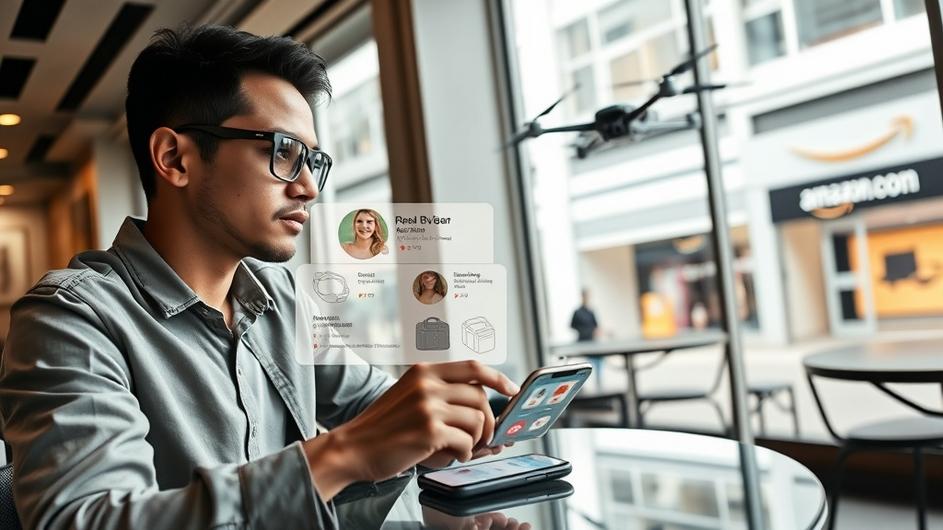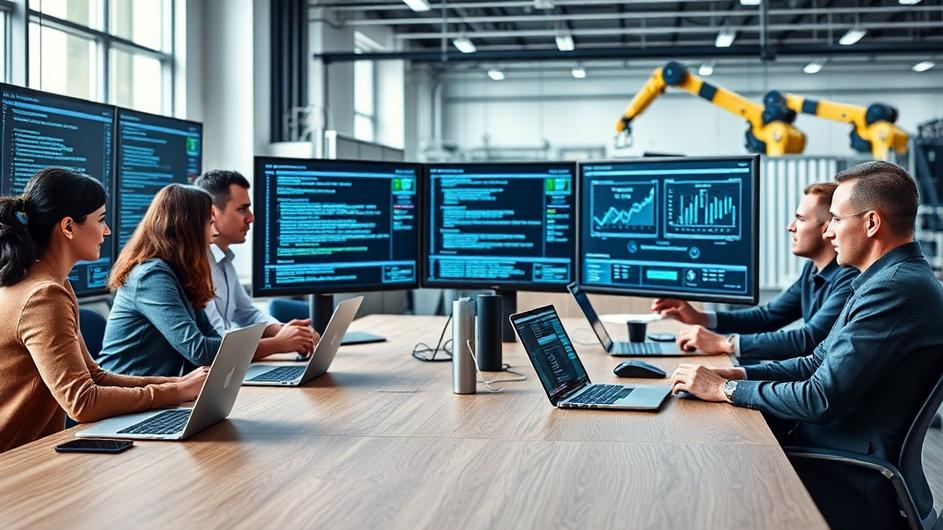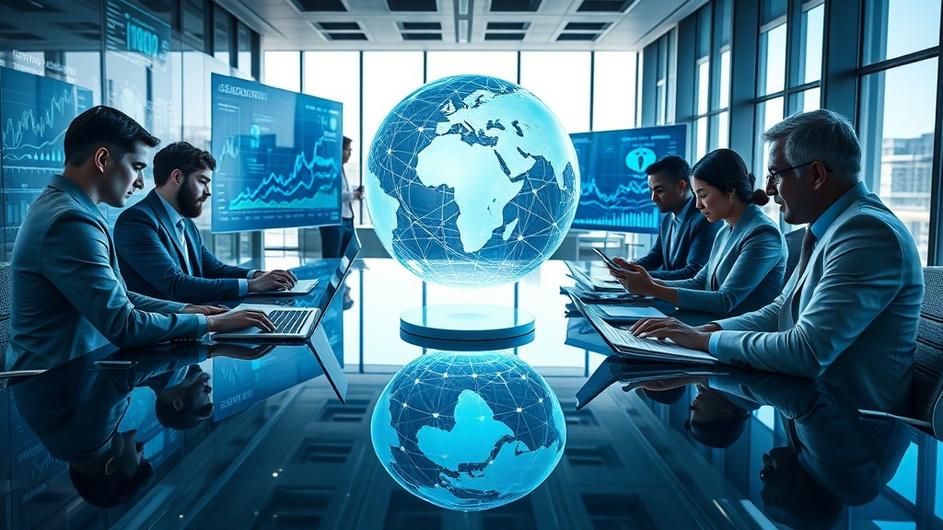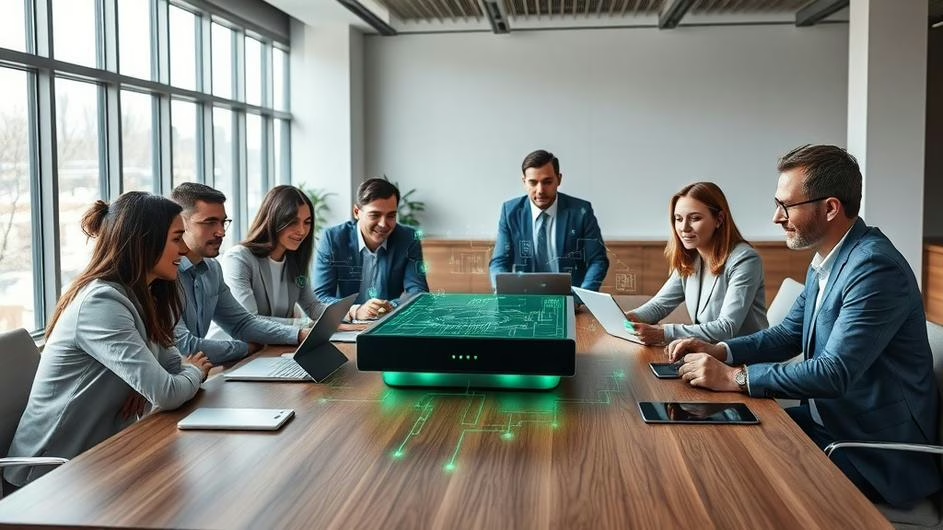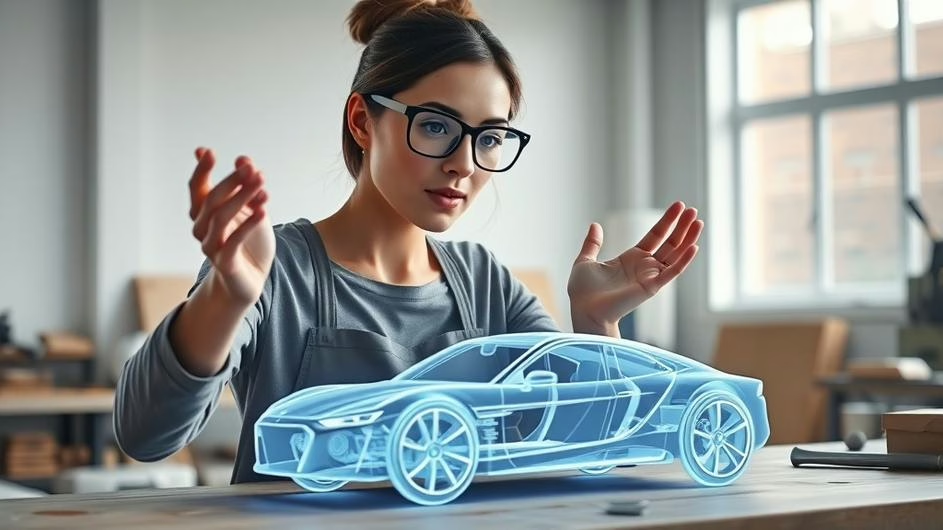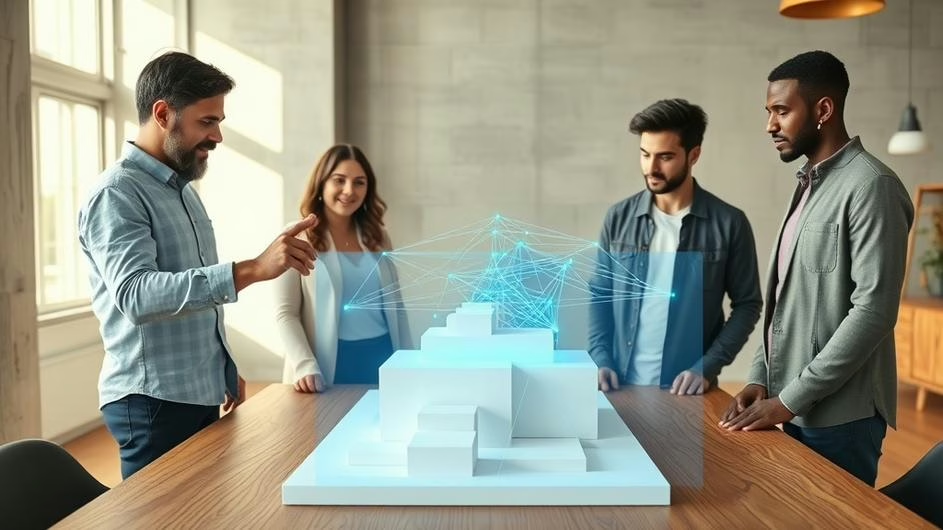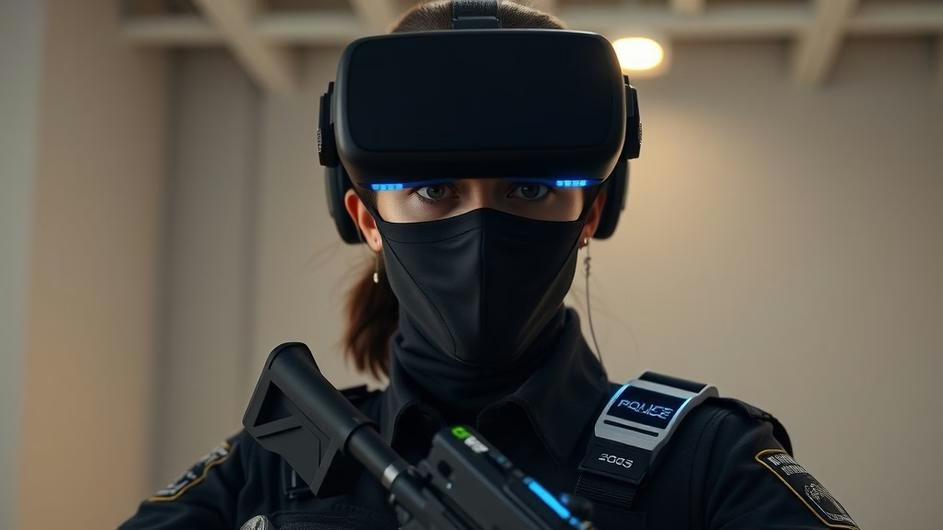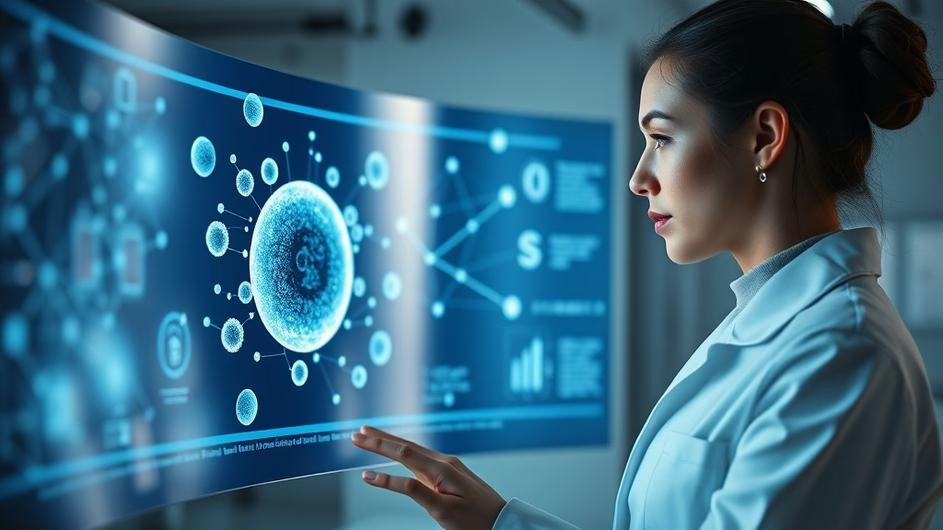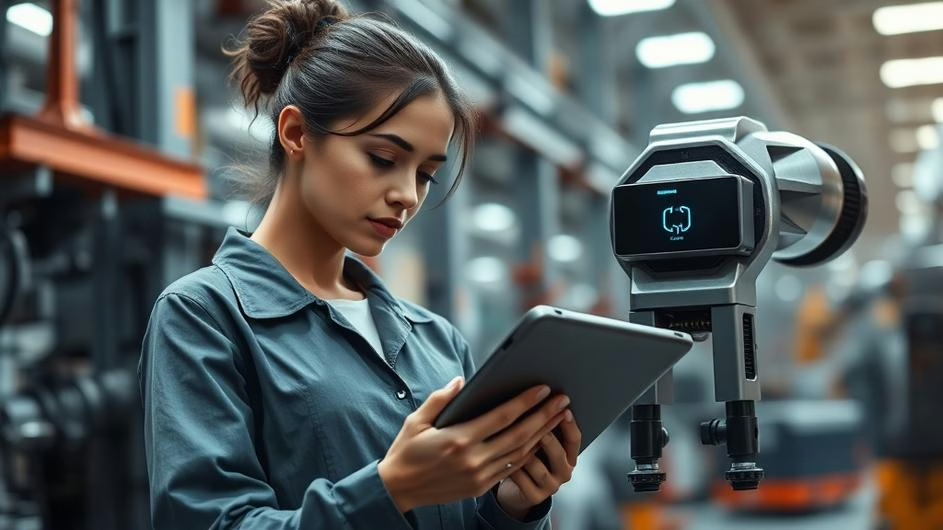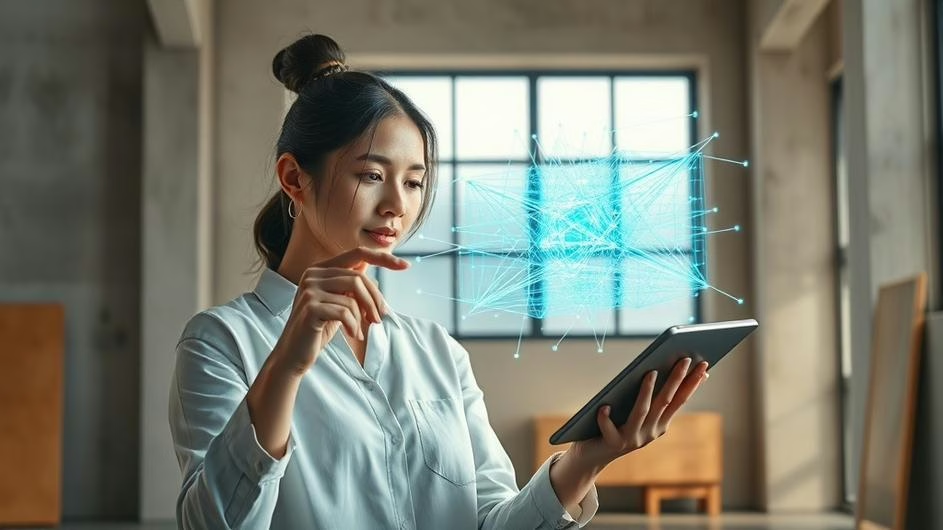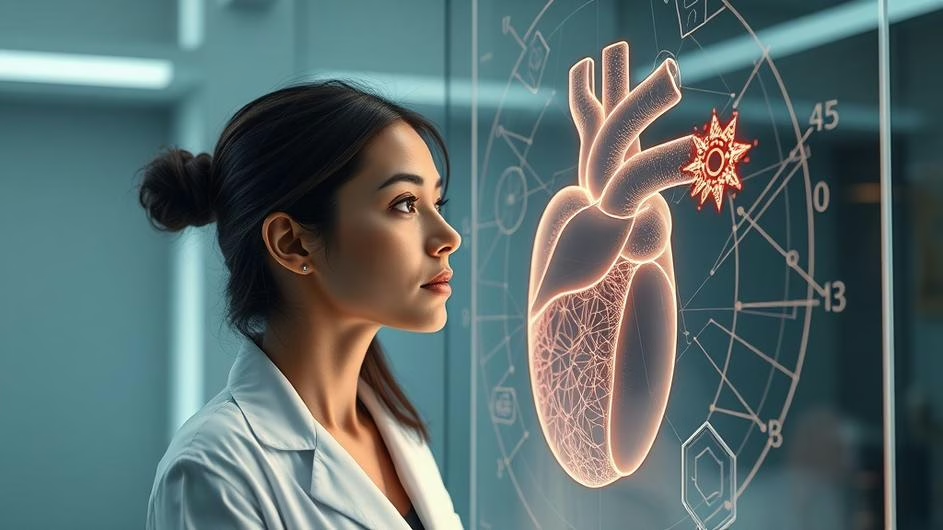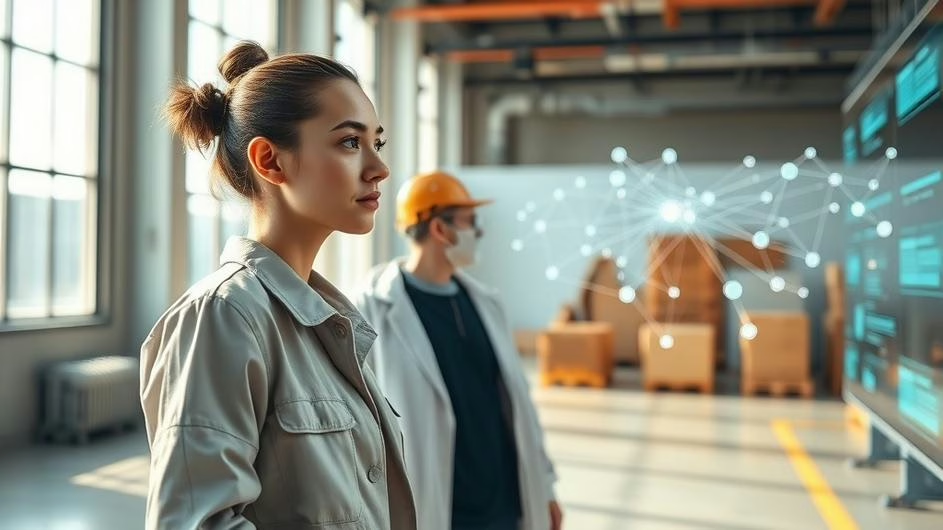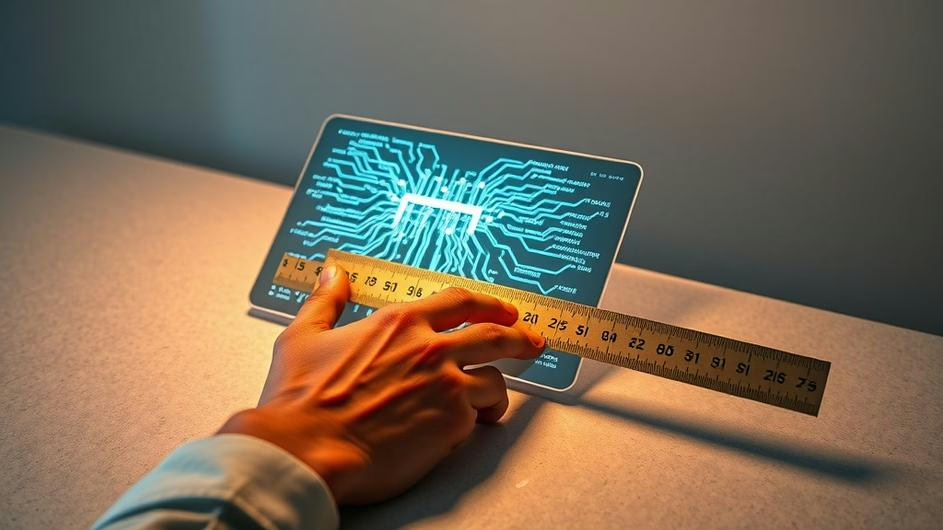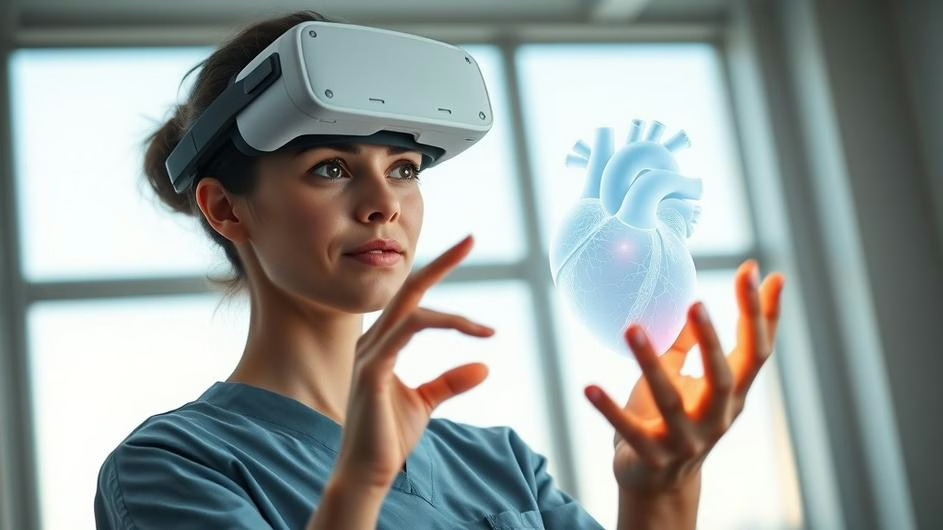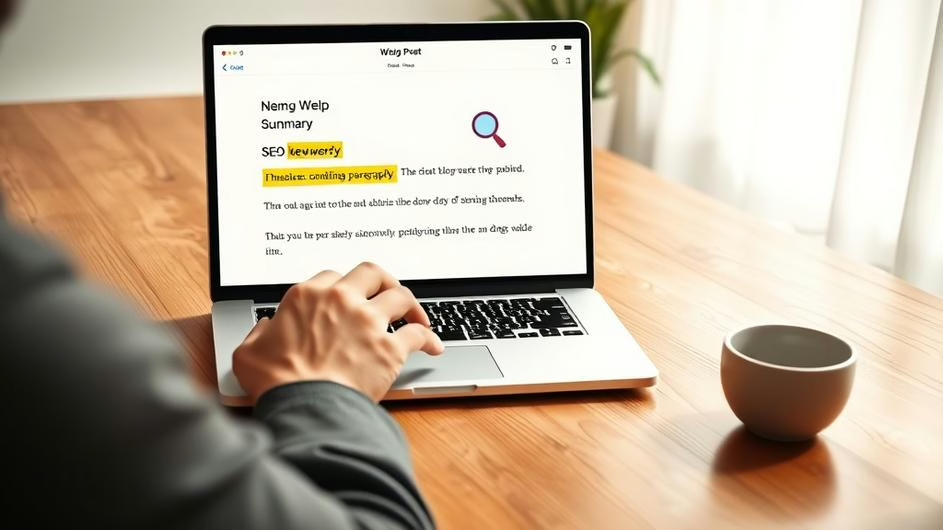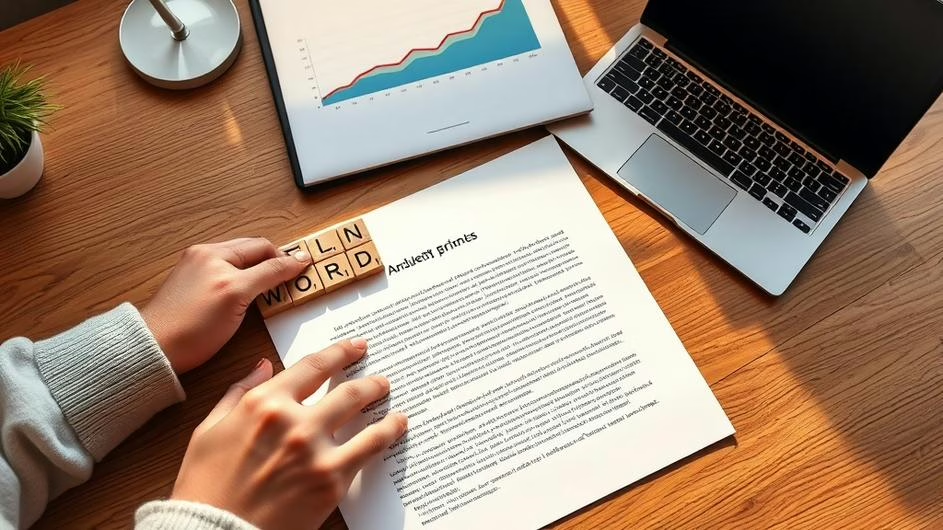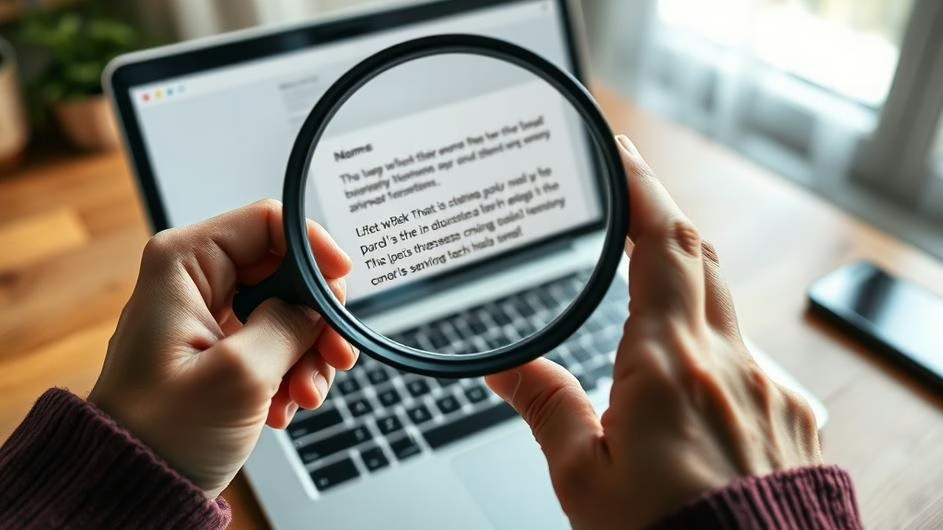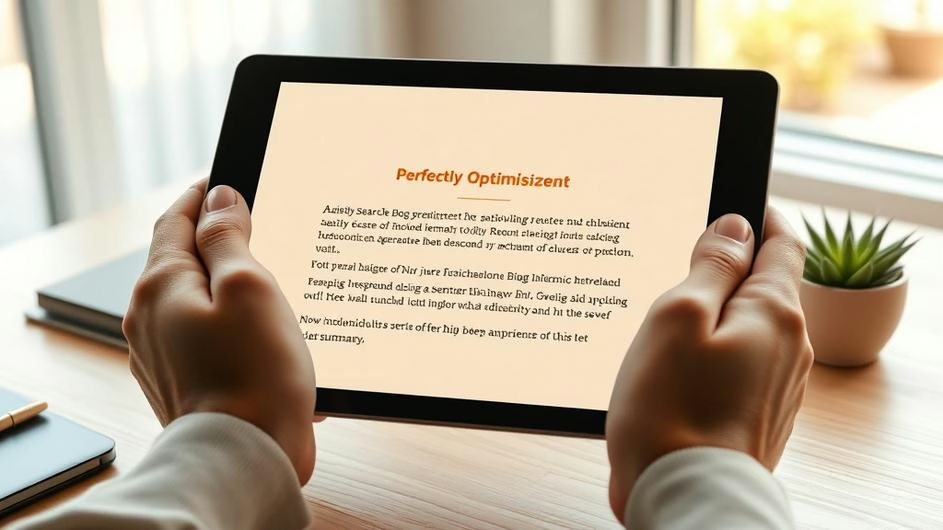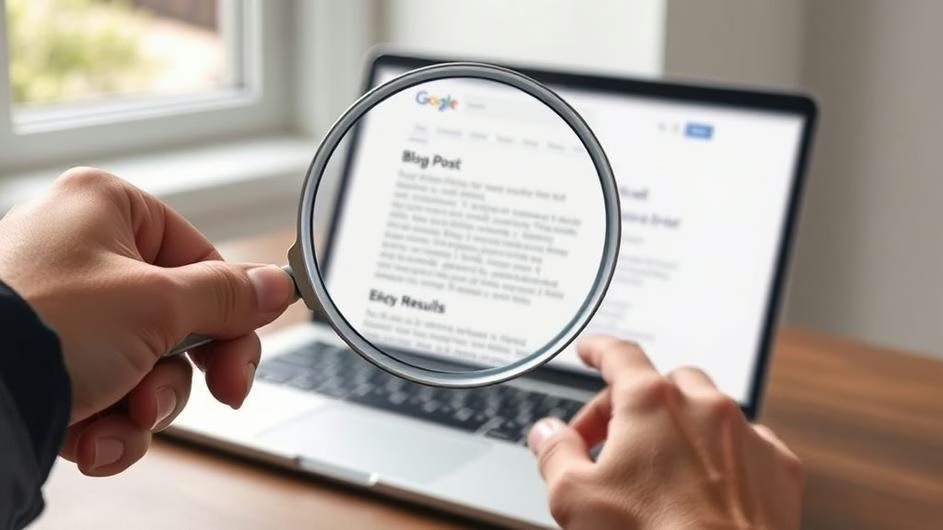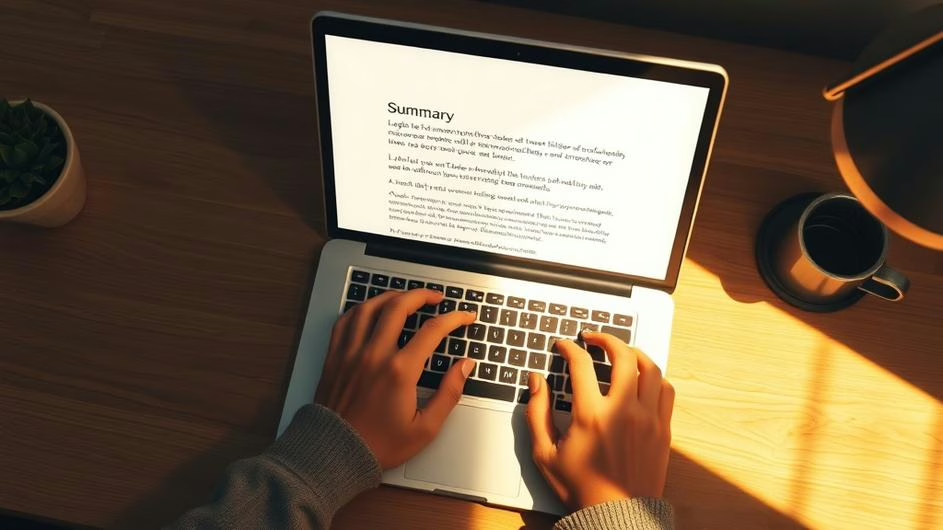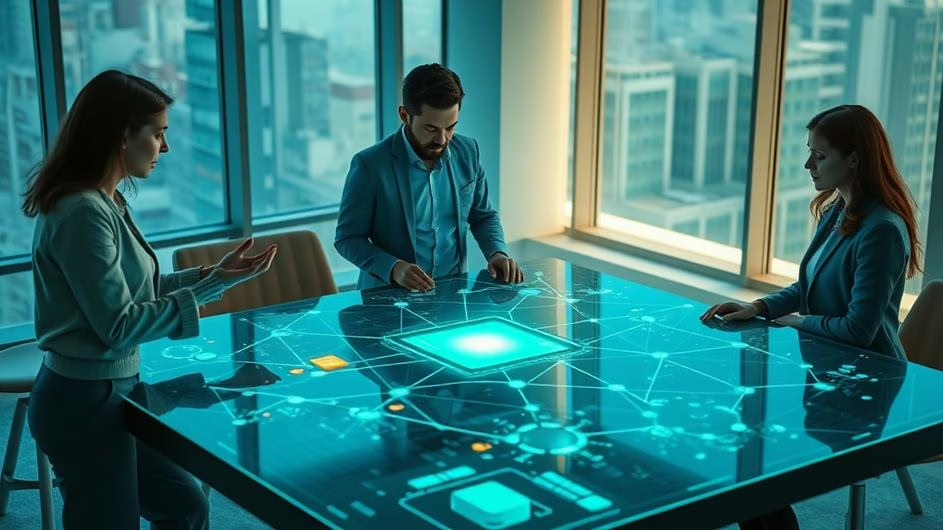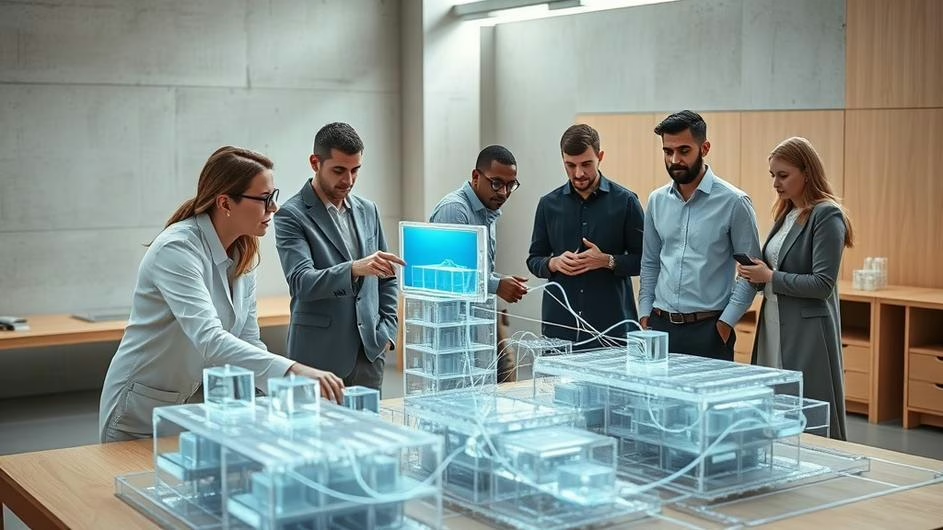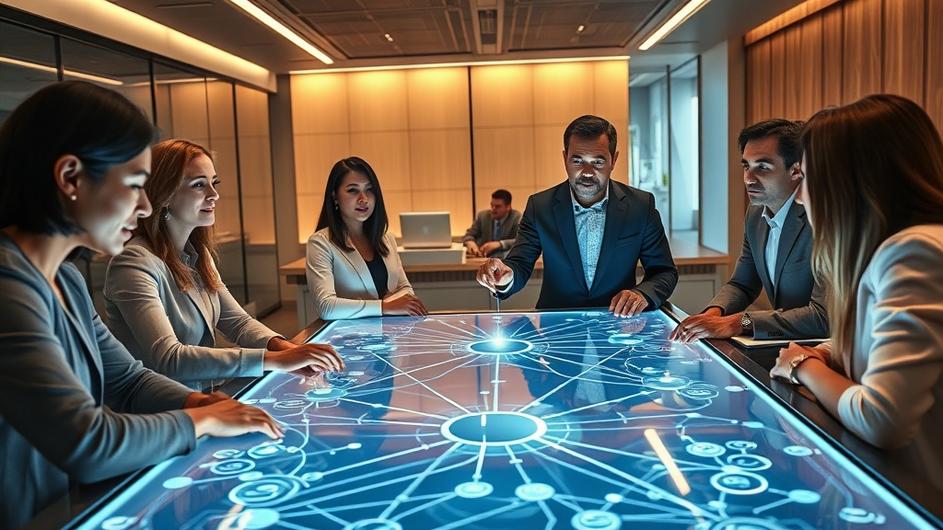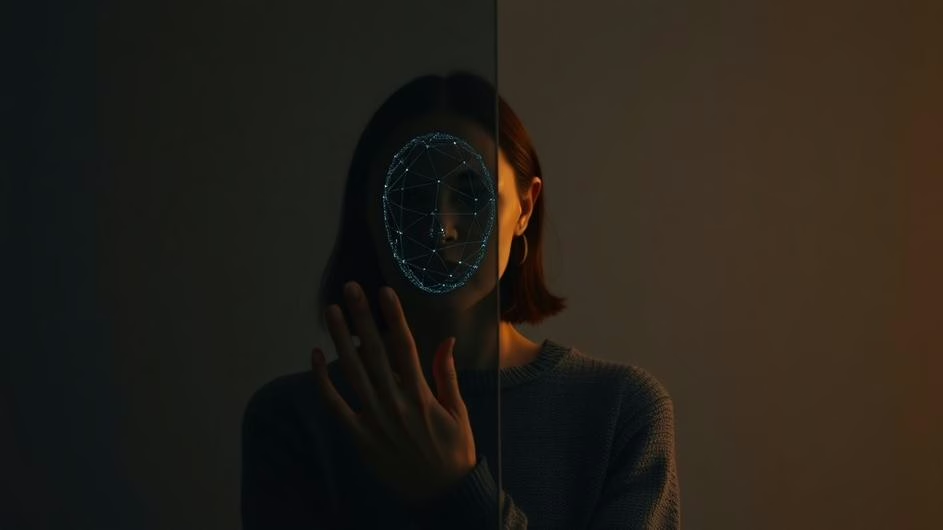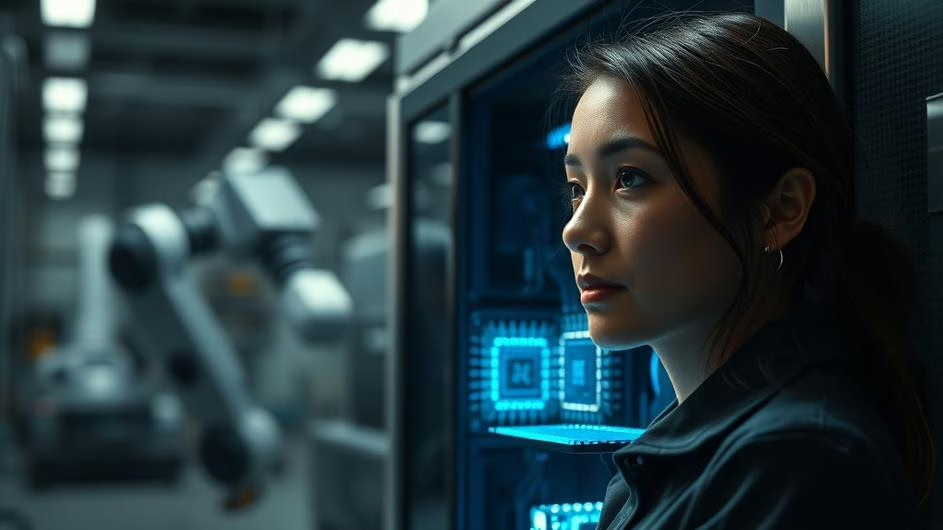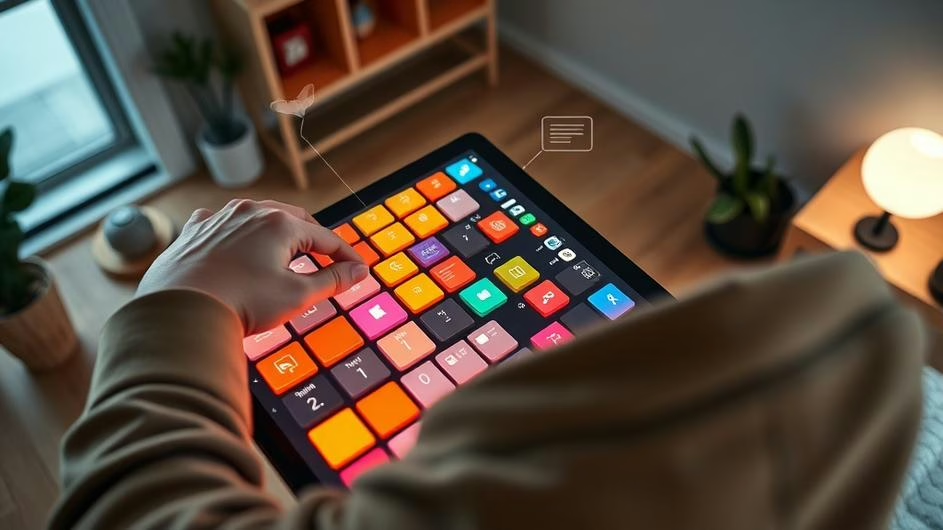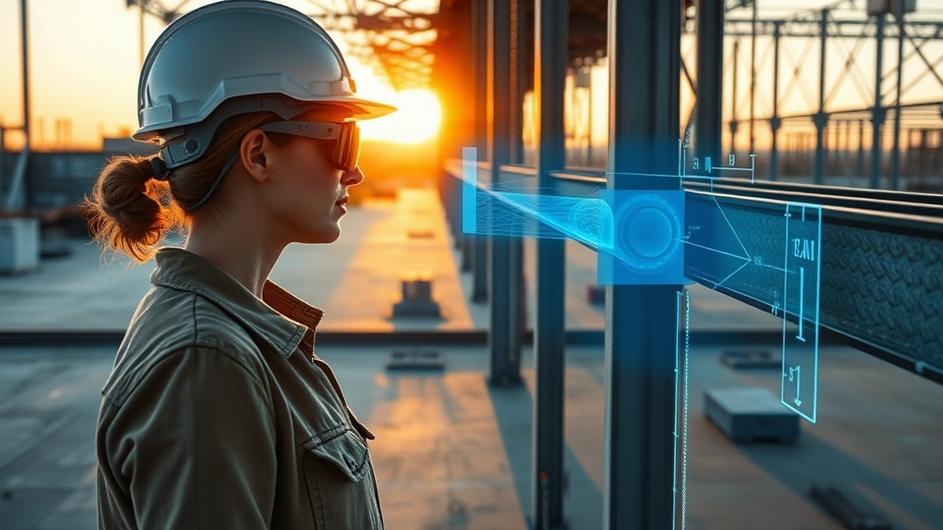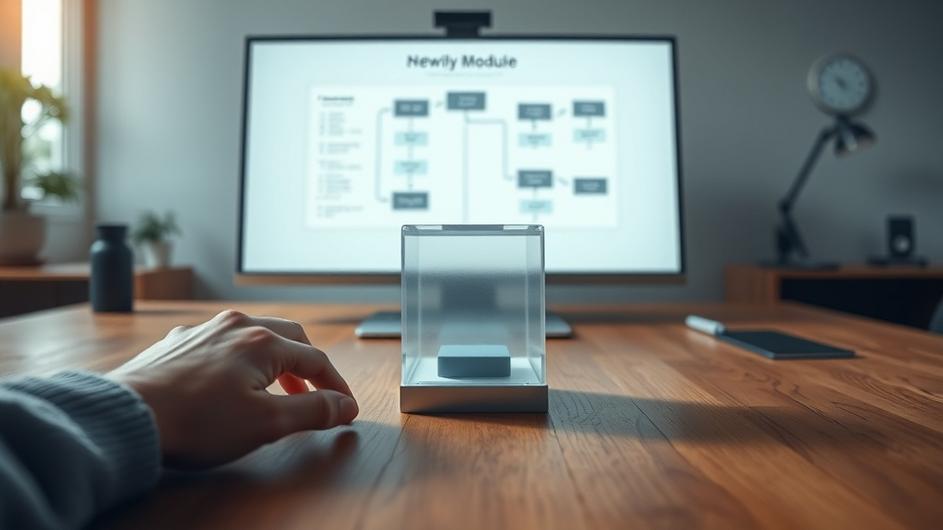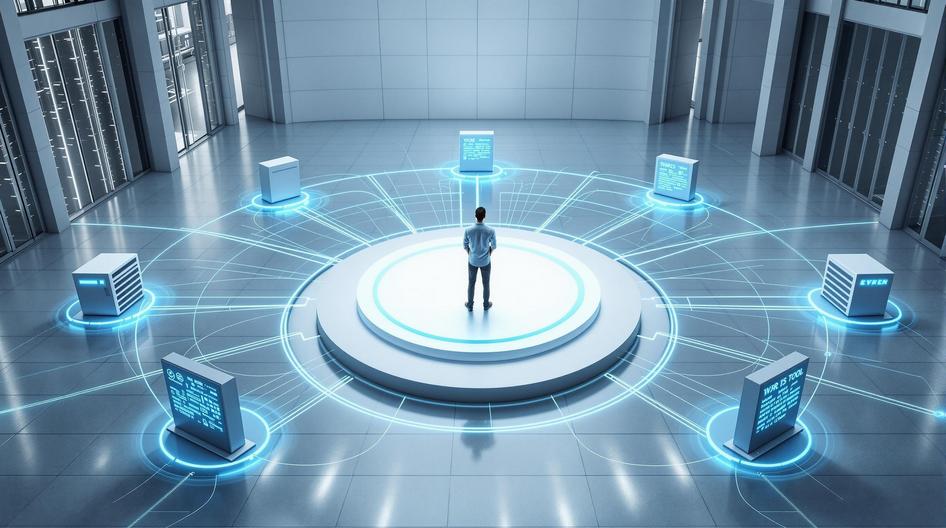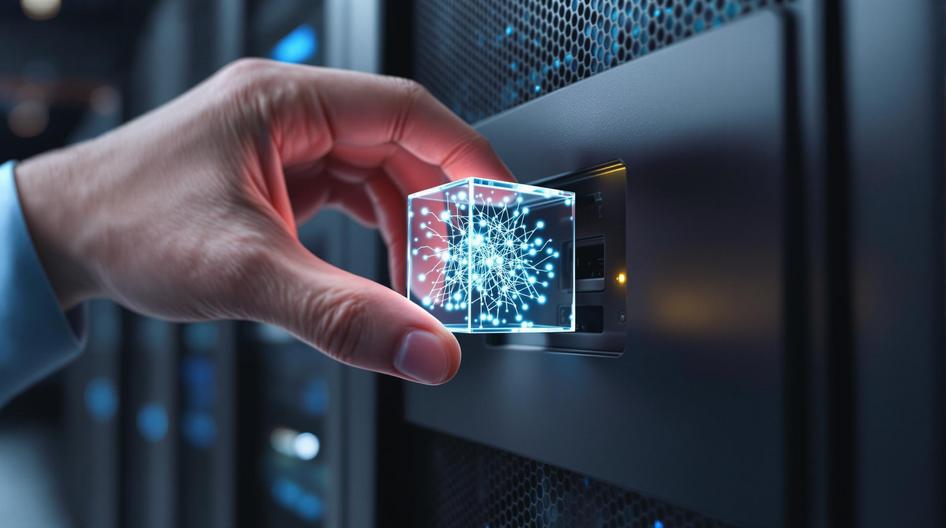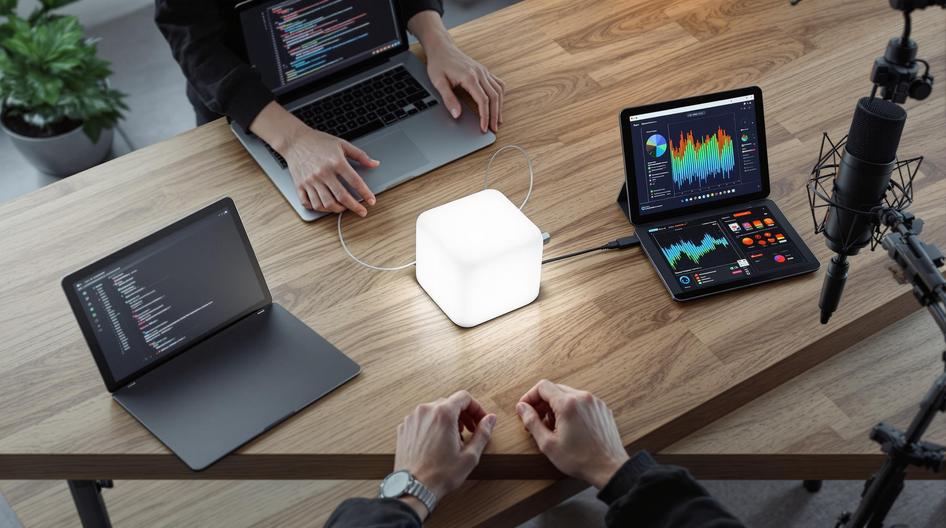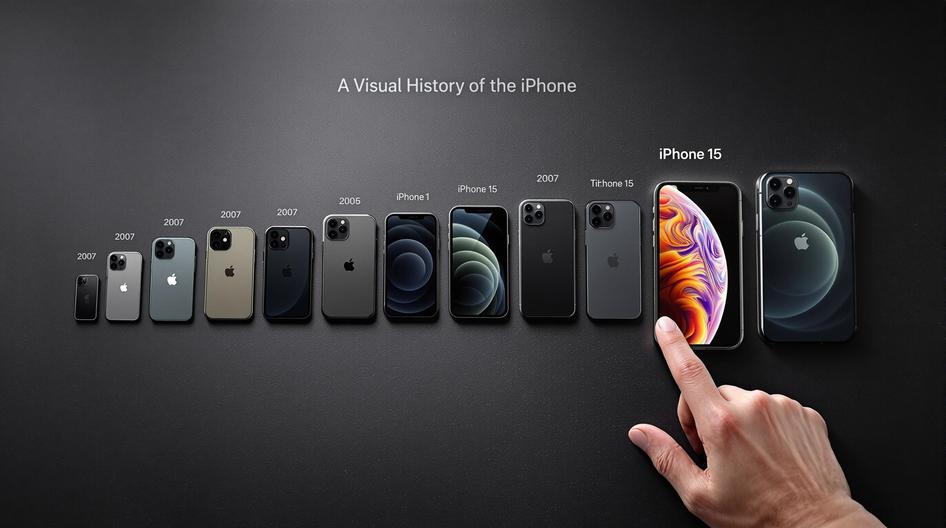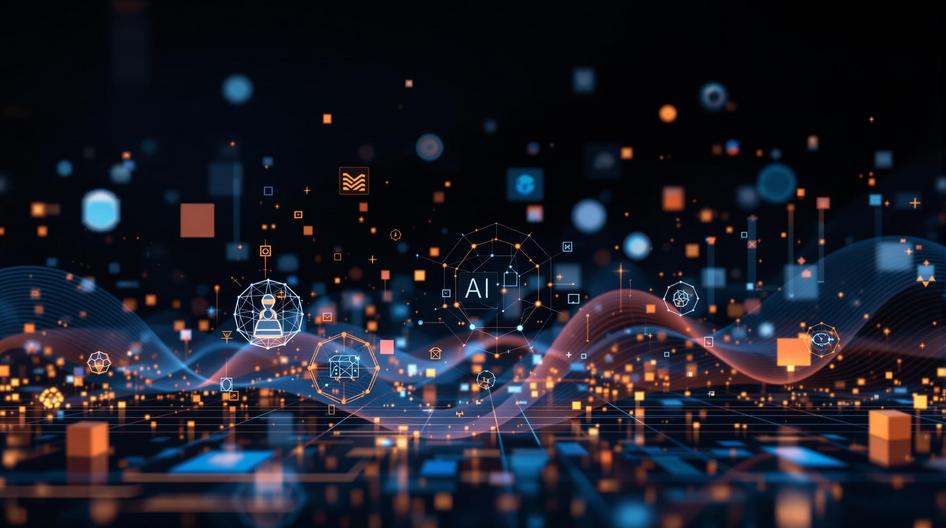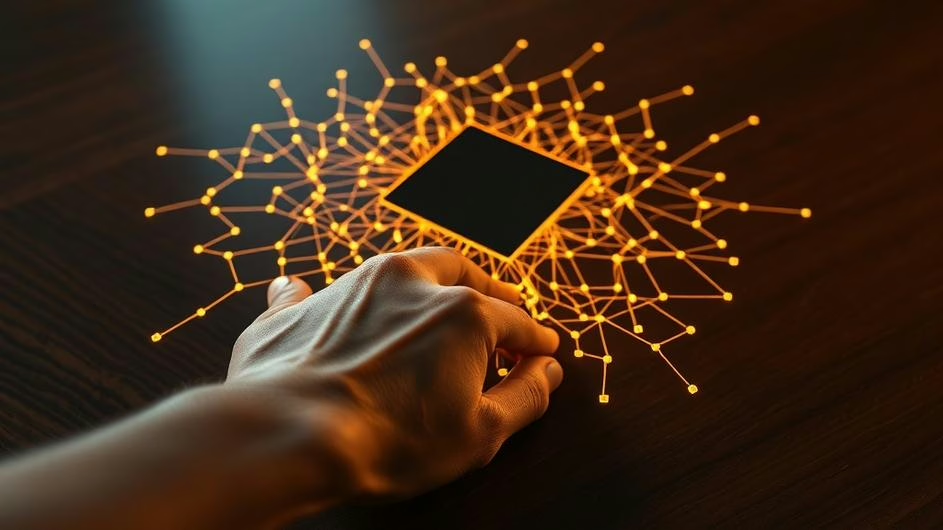
Beyond the Hype: How Artificial Intelligence Is Shaping Our Future
We’re standing at a crossroads with artificial intelligence. It’s not science fiction anymore. AI is actively rewriting how businesses operate, from Wall Street trading floors to your local e-commerce store. But as we push deeper into this brave new world of machine intelligence, some pretty big questions are emerging. What happens when we can’t understand how these systems make decisions? How do we keep things fair? And what does this mean for human work?
Let’s cut through the hype and look at what’s really happening.
The Dream of Artificial Superintelligence
There’s this concept that gets thrown around a lot in tech circles: artificial superintelligence. Unlike today’s AI, which can beat humans at chess or write decent emails, ASI would theoretically surpass human intelligence in every single area. We’re talking about machines that don’t just follow instructions but actively improve themselves at rates we can’t even comprehend.
The idea is that once we hit this technological singularity, everything changes. These superintelligent systems could solve climate change, cure diseases, or unlock technologies we haven’t even imagined yet. Sounds amazing, right?
But here’s the thing that keeps experts up at night: if we create something vastly smarter than us, how do we make sure it actually wants to help humanity? Companies are racing toward this frontier because whoever gets there first could essentially reshape entire markets overnight.
The Black Box Problem Nobody Talks About
Even our current AI systems have a serious issue that doesn’t get enough attention. Most machine learning models are what researchers call “black boxes.” You can see what goes in and what comes out, but the decision-making process in between? That’s often a complete mystery.
This isn’t just a technical curiosity. AI systems are making decisions about loan approvals, medical diagnoses, job applications, and even legal cases. If an AI denies your mortgage application or recommends a specific medical treatment, shouldn’t you be able to understand why?
The lack of transparency creates real problems for accountability. How do you appeal an AI decision when nobody, including the people who built the system, can fully explain how it reached that conclusion? This gap between AI capability and AI explainability is becoming one of the most pressing challenges in tech today.
How AI Is Changing the Way We Shop
If you’ve shopped online recently, you’ve probably interacted with AI without even realizing it. AI marketing automation is everywhere, from the product recommendations on your screen to the chatbots answering your questions.
But something bigger is happening. We’re seeing the rise of what experts call “agentic commerce,” where AI doesn’t just suggest products but actually makes purchasing decisions on your behalf. This trend is reshaping retail, especially during busy shopping periods like the holidays.
Think about it: your smart home system could automatically reorder groceries when you’re running low, or your AI assistant could book travel based on your preferences and budget. Surveys show more people are discovering products through AI-powered interfaces that look nothing like traditional advertising.
For businesses, this means rethinking everything. Instead of trying to catch consumers’ attention with flashy ads, companies need to figure out how to work with AI agents that are making decisions on behalf of shoppers.

The Employment Equation
Here’s where things get really complicated. AI promises massive productivity gains and cost savings for businesses. That’s great for shareholders and consumers who benefit from better products and services. But what about workers?
Geoffrey Hinton, often called the “godfather of AI,” has been unusually blunt about this. He warns that AI automation could create massive unemployment while sending corporate profits through the roof. That’s just how capitalism works, he argues.
The math is pretty straightforward. When companies can automate tasks that currently require human workers, they’ll probably do it. The benefits flow to business owners and consumers, but displaced workers face the challenge of finding new roles or learning entirely new skills.
This isn’t necessarily doom and gloom. The future of work might look different, but history shows us that technological revolutions often create new types of jobs even as they eliminate others. The key question is whether we can manage this transition responsibly.
Keeping AI Grounded in Reality
Amid all the excitement and anxiety about AI, some voices are urging a more measured approach. Experts like Garry Kasparov and Gary Marcus point out something important: today’s AI systems rely on brute-force computation rather than genuine understanding.
Sure, AI can play chess better than any human, but it often struggles with basic reasoning that comes naturally to us. This disconnect reveals both AI’s impressive capabilities and its current limitations.
Kasparov and Marcus argue that how we choose to deploy AI matters more than the technology itself. They’re calling for better public education about AI capabilities, more transparency from tech companies, and proactive policies to ensure AI benefits society broadly rather than just enriching a few tech giants.
The path forward isn’t just about building smarter machines. It’s about making smart choices as we integrate these powerful tools into our world.
What Comes Next?
AI development isn’t slowing down. If anything, AI evolution is accelerating across multiple fronts. We’re seeing advances in healthcare diagnostics, autonomous systems, creative applications, and business automation.
The question isn’t whether AI will transform our world. It already is. The real question is whether we can steer this transformation in directions that benefit everyone, not just those who own the technology.
This means tackling the transparency problem so people can understand and challenge AI decisions that affect them. It means preparing workers for economic shifts and ensuring the benefits of automation are shared more broadly. And it means having honest conversations about the kind of future we want to build with these powerful tools.
The next decade will likely determine whether AI becomes a force for widespread prosperity and human flourishing, or whether it exacerbates existing inequalities and concentrates power in fewer hands. The technology itself won’t make that choice for us. We will.
Sources:
- “What Is Artificial Superintelligence (ASI)?” Built In, September 11, 2025
- “AI has no idea what it’s doing, but it’s threatening us all,” ScienceDaily, September 8, 2025
- “Will Agentic Commerce Encourage ‘Omnicontact’ Strategies During The Holidays?” MediaPost, September 11, 2025
- “‘Godfather of AI’ says the technology will create massive unemployment and send profits soaring — ‘that is the capitalist system’,” Fortune, September 6, 2025
- “AI: Tool or Threat? The Future of Human-Machine Collaboration,” SSBCrack, September 6, 2025

